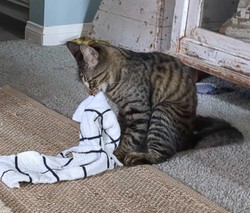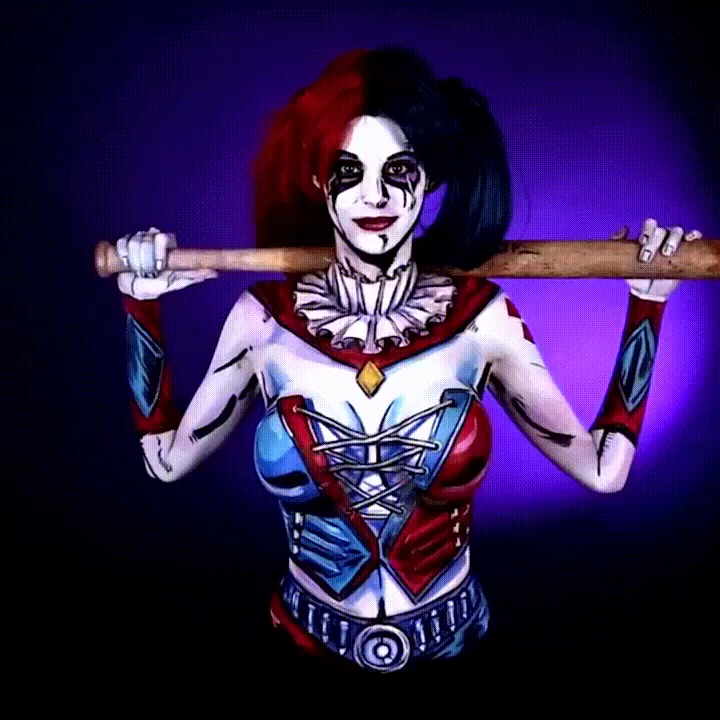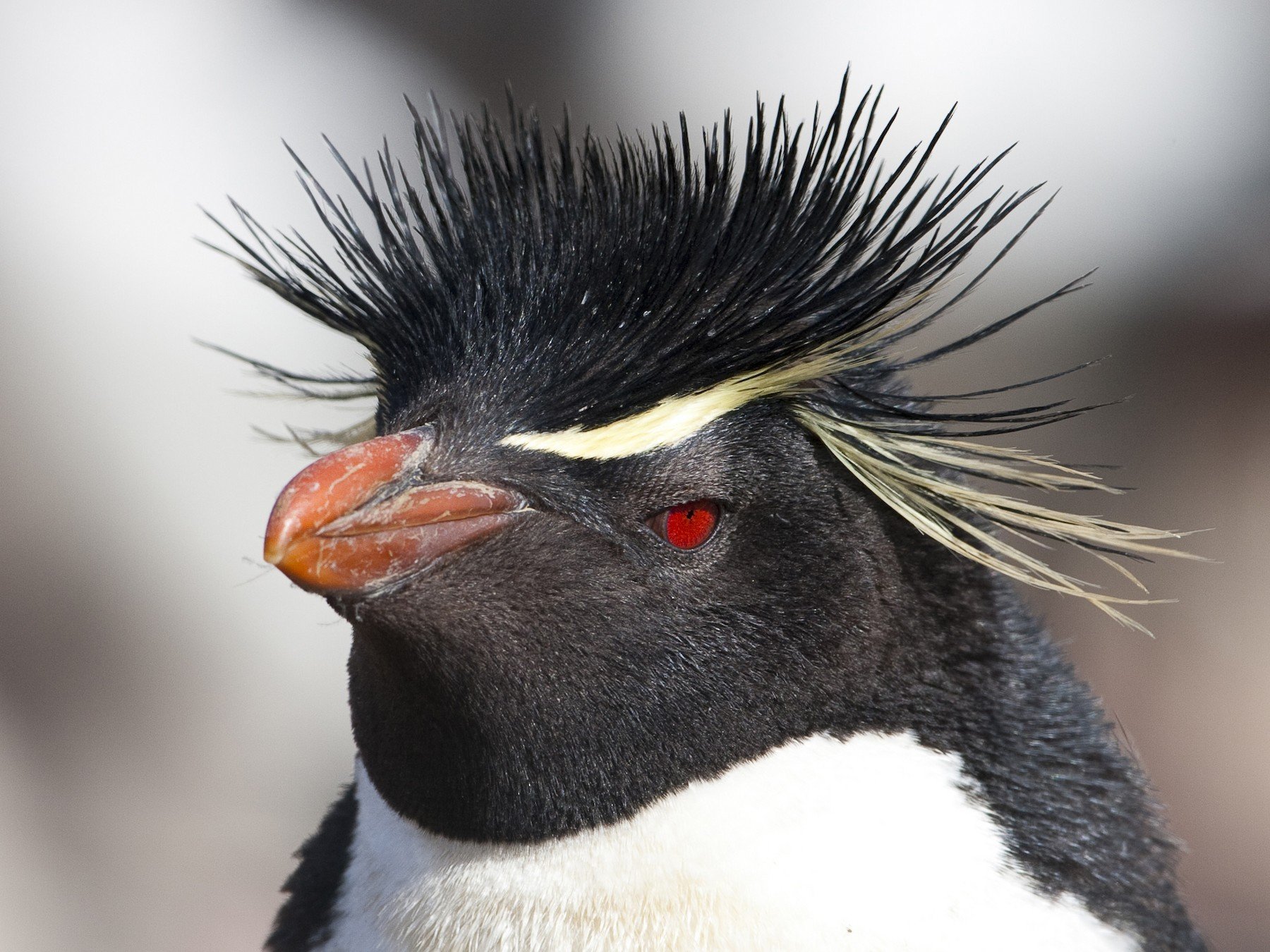I love love low light photography. Play with this if you have not done so before. You only need a large dark room and background object separation to get the limited dynamic range of the sensor to make the background solid black. You can use any cheap small light source(s) too. Just be sure they are the same color or designed to complement each other. For diffuse lighting like this, block the light and use cheap white poster board as a reflector, or any other white surface like a bedsheet or towel. I built an entire product photo studio using simple LED overhead shop lights in a fluorescent bulb type format. I used black painter’s plastic for blinds and back drops, and built all of my fixtures out of PVC tubing and joints with friction fit only, so I could take them down and reconfigure. I did bicycle photography, so not at all a small setup. This photo would be easy for me to do in my old studio. That entire setup, including the DSLR camera was around $400.
Play with the lightning and not the ropes, huh?
Doing the opposite is also feasible if that’s your jam, and ask me how I know.

The two cents I’ll add to this is seconding the notion above that your light sources really ought to all be the same, more importantly all the same color temperature, and most importantly: Rip the diffusers off of all of your cheap LED light modules and visually verify that they use emitters (individual LEDs, in other words) that are all the same color.
Many of the cheapola LED lights you’ll find on Amazon, eBay, Alibaba, etc. which are ostensibly marketed for photography or influencer/camgirl video studio use achieve their color temperatures by having half cool white and half warm white LEDs and mixing their output. This is moronic. It looks fine to your eye but will result in a photo that’s ostensibly got two white balance points and you will drive yourself insane trying to correct for this in post. If you find any LED lighting gizmo that purports to have adjustable color temperature, this is guaranteed to be how they do it. If you spot one, don’t buy it. If you’ve already bought one like that, throw it in the bin. (You may be able to rescue such a gadget if you set it all the way to the extreme cool or warm end of its adjustment range so that it only uses one half of its LEDs. Don’t count on it, though.) But by hook or by crook, unless you bought actual expensive studio lights you’re likely to find that the color rendering index of most cheap LED fixtures is actually kind of crap either way.
It sounds ridiculous, but a really easy way to get around this is to just use incandescent lighting instead. Yes, you heard me correctly. Plain old firebottle light bulbs, if you can still get them, will have terrible lumen efficiency and will heat up your room like gangbusters, but they’ll have a nice smooth, broad, and non-spiky output spectrum that’ll be easy for you to manage and remain relatively consistent, even if no two of your fixtures are alike and you sourced all the bulbs from the dollar store. Your camera should be able to compensate for the yellowish cast to incandescent light with its inbuilt white balance settings provided it was manufactured any time after about 1996.
If you fail at your background exposure, most (probably all) lightroom and photo editing software has some manner of tool where you can poke a specific spot on a photo to set as the white or black point, and it will adjust the rest of the image accordingly. This works more often than not. You may find that your camera’s sensor actually has a wider dynamic range than you’d like, in which case you can mask off your subject using your choice of color threshold lasso tool and generously feather the mask by some fraction of your image width (I use around 10%), and then nuke the entire remaining background outside the mask to pure black or pure white. Oh, and also have a fun few minutes hunting down all the dust particles or random fibers in your background material which managed to catch the light and escape.


